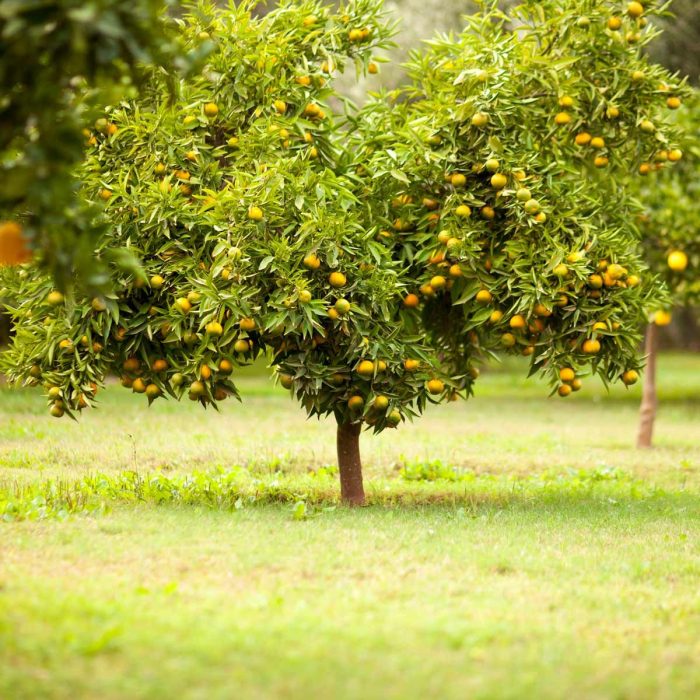Best Planting Time in Georgia: When To Plant Fruit Trees In Georgia

When to plant fruit trees in georgia – Ah, Georgia! Land of peaches, pecans, and the perpetually perplexing question: when, oh when, should one plant a fruit tree? Fear not, fellow horticulturalist, for we shall delve into the surprisingly nuanced world of Georgia fruit tree planting. The answer, as with most things in life, is “it depends.” But fear not, we’ll unravel this horticultural enigma.
The ideal time to plant fruit trees in Georgia depends on the specific variety, but generally, late winter or early spring is best. It’s a completely different process, of course, than the virtual world of lego fortnite how to plant trees , where the challenges are quite distinct. Back to the real world, however, ensuring your Georgia fruit trees get established before the summer heat is key to a bountiful harvest.
The ideal planting window for fruit trees in Georgia hinges on a delicate dance between avoiding late frosts and ensuring sufficient time for root establishment before the summer heat arrives. This dance, my friends, is a waltz of weather patterns and regional variations, a pas de deux of microclimates and Mother Nature’s whims. Therefore, a blanket statement is as useful as a chocolate teapot in a sandstorm.
Let’s get specific.
Ideal Planting Months for Fruit Trees in Georgia
Timing is everything, especially when coaxing a fruit tree from sapling to bountiful harvest. Consider these planting months as a starting point, always keeping an eye on your local weather forecast and last frost dates – which can vary dramatically across Georgia. Remember, a slightly early planting can be salvaged with diligent frost protection, but a late planting can leave your tree struggling to establish itself before the Georgia summer’s scorching embrace.
| Fruit Tree Type | Ideal Planting Month(s) | Region-Specific Considerations | Tips for Success |
|---|---|---|---|
| Peaches | November – March (dormant season) | North Georgia: Plant slightly later to avoid late frosts. South Georgia: Plant earlier to take advantage of milder winters. | Choose disease-resistant varieties. Ensure proper spacing for airflow. |
| Apples | November – March (dormant season) | Higher elevations in North Georgia benefit from later planting. South Georgia may require more careful site selection for adequate chill hours. | Select rootstock appropriate for your soil and desired tree size. Provide support for young trees. |
| Blueberries | November – March (dormant season) | Well-drained, acidic soil is crucial throughout Georgia. Consider using raised beds in poorly drained areas. | Amend soil with peat moss or other organic matter to increase acidity. Mulch generously to retain moisture. |
| Figs | March – April (or late fall) | Figs are remarkably adaptable across Georgia, thriving in both warmer and cooler regions. | Plant in a sunny location with well-drained soil. Figs can tolerate some drought once established. |
Impact of Last Frost Dates on Fruit Tree Planting Success
The dreaded last frost – that capricious harbinger of spring’s arrival – plays a pivotal role in fruit tree planting success. A late frost can decimate delicate blossoms, rendering your anticipated harvest a mere figment of your horticultural imagination. Therefore, consulting your local agricultural extension office or weather service for reliable last frost date predictions is paramount. Consider these examples: A peach orchard planted too early in north Georgia, prone to late spring frosts, could experience significant blossom damage, leading to a poor yield.
Conversely, planting too late in south Georgia could mean the trees don’t establish deep enough roots before the intense summer heat sets in. This careful timing is crucial for a successful harvest.
Pest and Disease Management

Ah, the joys of fruit tree cultivation in Georgia! Sunshine, sweet fruit… and the occasional unwelcome guest in the form of pests and diseases. Let’s face it, even the most meticulously planned orchard can become a battleground between your delicious peaches and nature’s tiny antagonists. But fear not, fellow fruit fanatics! With a little knowledge and the right strategy, you can keep your trees healthy and productive, ensuring a bountiful harvest that will make your neighbors weep with envy (in a good way, of course).Preventing pest and disease problems is less about battling hordes of microscopic villains and more about creating an environment where they’d rather vacation elsewhere.
Think of it as a sophisticated game of orchard real estate – make your trees the most desirable tenants, and the pests will move on to less appealing properties. This involves a multi-pronged approach, combining preventative measures, careful monitoring, and judicious use of control methods.
Common Pests and Diseases in Georgia Orchards, When to plant fruit trees in georgia
Georgia’s climate provides a welcoming habitat for a variety of fruit tree pests and diseases. Some of the most common culprits include various fungal diseases like brown rot (affecting stone fruits like peaches and plums), fire blight (a bacterial disease impacting apples and pears), and powdery mildew (a fungal infection that affects a wide range of fruit trees). Insect pests are equally diverse, with potential threats ranging from aphids and spider mites to codling moths and plum curculios.
Each pest or disease has its own preferred host and method of attack, requiring a tailored approach to management. For example, brown rot thrives in humid conditions and often enters the fruit through wounds, while codling moths lay their eggs within developing fruit, resulting in wormy apples. Understanding these nuances is key to effective pest control.
Preventative Measures and Integrated Pest Management
The cornerstone of successful pest and disease management is prevention. This begins with selecting disease-resistant tree varieties suited to Georgia’s climate. Proper planting techniques, ensuring adequate spacing for good air circulation and sunlight penetration, also play a crucial role in minimizing the risk of fungal diseases. Regular monitoring of your trees is essential to detect problems early, allowing for prompt intervention before infestations or diseases become widespread.
Integrated Pest Management (IPM) is a holistic approach that emphasizes prevention and utilizes less toxic control methods only when necessary. This might involve using beneficial insects to control pests, employing cultural practices like pruning to improve air circulation, or selectively applying pesticides only when monitoring indicates a significant threat.
Importance of Sanitation and Cultural Practices
Maintaining a clean orchard is paramount in preventing pest and disease outbreaks. Promptly removing fallen fruit, pruning out diseased branches, and clearing away debris from around the trees reduces the overwintering sites for many pests and pathogens. Proper fertilization and watering practices contribute to the overall health and vigor of your trees, making them more resilient to pest and disease attacks.
Think of it as building up their immune system! A healthy tree is much better equipped to withstand the onslaught of pests and diseases than a stressed or weakened one. Furthermore, regular soil testing can identify nutrient deficiencies that might compromise tree health and increase susceptibility to problems.
FAQ Resource
What type of fruit trees grow best in North Georgia?
Apples, peaches, and blueberries often thrive in North Georgia’s cooler climate.
How do I protect my fruit trees from deer?
Use tree guards or fencing to deter deer from browsing on young trees.
When should I prune my fruit trees?
Pruning is typically done during the dormant season (late winter/early spring).
What are some common diseases affecting Georgia fruit trees?
Common diseases include brown rot, fire blight, and powdery mildew. Regular inspection and preventative measures are key.
